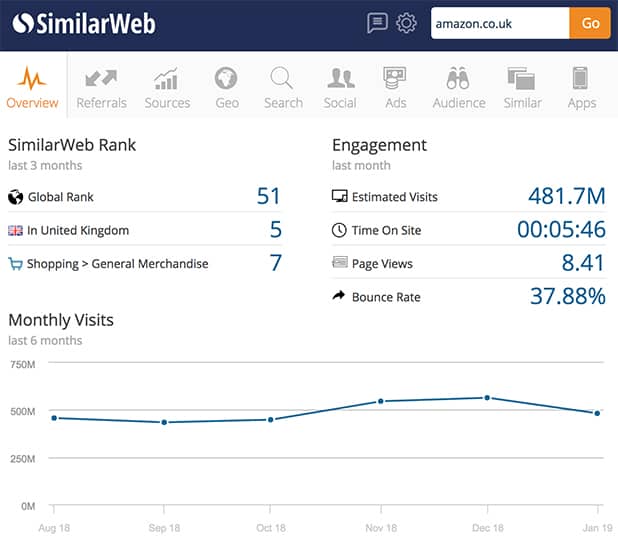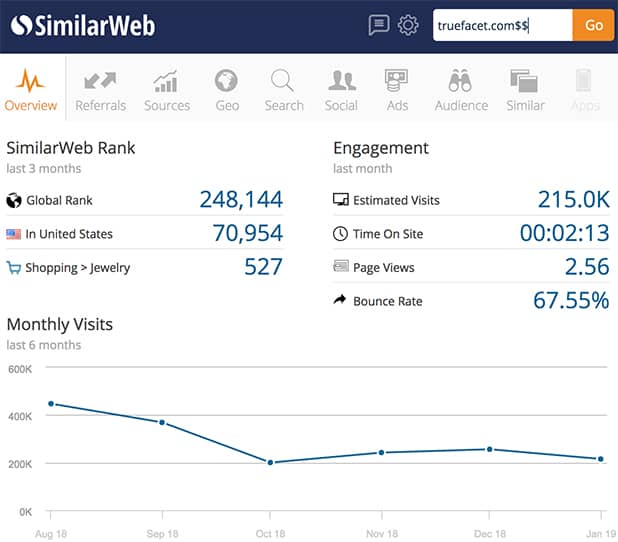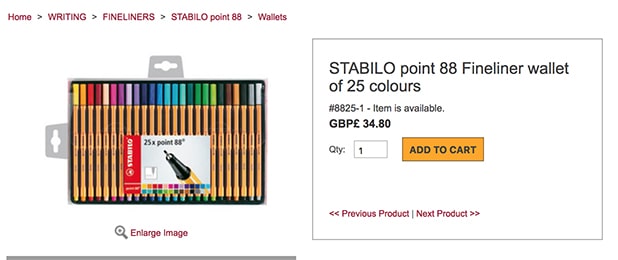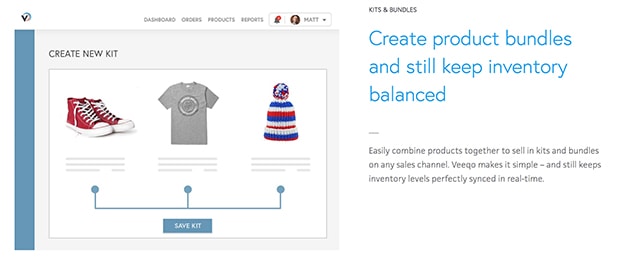When your e-commerce store has taken off and started to see some traction, you might think it’s time to scale. Some e-commerce vendors choose to increase their ad spend and the number of people they get into their sales funnel. Others, however, decide to diversify their customer base and sell their products on multiple marketplaces.
If you’re in the second group of people, this guide is here to help you.
We’ll look at how you actually move to a marketplace, how to implement social selling as a unique marketplace, pricing considerations you should think about, and how to keep track of inventory.
So if you’re not yet selling on marketplaces but want to, this post is for you!
Let’s dive in,
Moving from a solo store to Multiple Marketplaces: Amazon, eBay and Etsy
Most of the online retailers are looking for different ways to have a successful e-commerce store. But creating a branded image in an online world through a single website can not be possible all the time.
So, what about selling on multiple marketplaces?
One of the most obvious reasons to sell items on multiple marketplaces is to create leverage and allow your store to have a backup plan. Because you can save your business in case your primary sales channel isn’t substantial.
The first thing you need to decide is which marketplace you will choose.
There are marketplace giants like Amazon, eBay, and Etsy. There are also niche marketplaces where you can sell your products to a targeted audience.
But do you go for a niche or mainstream?
It depends entirely on your business model, audience, and inventory.
The great thing about massive mainstream marketplaces is the traffic they bring.

You’ll notice SimilarWeb reported an estimated 481.7 million visitors to Amazon last month.
Sounds like a crazy number right?
But the thing about this traffic is that it’s not all tailored to you.
Amazon has 13 top-level categories and, within that, many subcategories.
So although they receive loads of traffic, not all of it will be directed to your products.
If you compare that then to True Faucet a jewelry marketplace.

Granted, they receive a lot less monthly traffic (215.0k), but they have a targeted audience.

If you produce and sell jewelry, selling on this marketplace is good because you know that everyone coming to the site is looking for jewelry.
If you sell general products – the type of items that could appeal to anyone and everyone (think phone cases) it might be a good idea to focus your efforts on a marketplace with lots of traffic.
However, if you only have enough resources to be present in one marketplace and sell niche products, think about opting for a niche marketplace with less traffic potential. Still, the traffic that goes there is much more highly targeted.
Social Selling
Social selling makes sense. When we look at the number and demographics, many people are already using these platforms.
- Facebook currently has 3 Billion monthly active users
- 76% of consumers buy products seen on social media.
This tells us that we not only need to get our social media marketing strategy right, but we need to get better at how we use those channels to boost sales.
But, if you only use your Instagram account to push your products, you will be met with pushback, but people won’t follow you or engage in your posts in the first place.
It would help if you used a range of different types of posts and occasionally, where it’s necessary or fits, include sale buttons.
Instagram has developed its own shopping commerce platform within its original photo-sharing tool.
Follow and like sports brands and apparel? You’re likely to be shown shopping requests for that.
Instagram has data regarding what you like and dislike and what sorts of images/accounts you interact with; it can build a bigger picture of the types of things you want to buy.
Offer the Right Price
Different channels warrant different pricing. So many people avoid a multichannel marketplace strategy because they can’t get their pricing right.
You know as well as any that Amazon typically warrants lower prices.
Many brands (particularly those with multiple cross-sell or upsell products) treat Amazon as a loss leader and a way to introduce people to their brand.
Others, however, have a strict pricing strategy that often sees varying prices from their core e-commerce site to the various marketplaces.
Whatever strategy you decide to adopt, it’s essential that you consider your costs and whether you can afford to be in the marketplace. Remember, although you have ‘free traffic’ in each marketplace, you also have to factor in fees you might incur from using it in the first place.
Let’s look at this example from Stabilo. If you were to buy their pack of 25 pens from their website you’d pay £34.80

However, on Amazon, they only charge £16,47.

Why is this?
If you land on Stabilo’s site, you’re likely interested in buying the Stabilo brand.
Because of this, you’re used to the price, and it shouldn’t be an issue.
Compare that to Amazon, where Stabilo has to compete directly with its competitors.
They don’t know if someone found them by searching for ‘Stabilo’ or ‘fine liner’.
If their search request was ‘fine liner,’ then Stabilo needs to ensure they’re not pricing themselves out of the market.
For smaller e-commerce stores, this strategy may not work.
Keep Track of Inventory
One thing you need to think about when moving to a marketplace is your inventory. You’re already used to managing inventory for your site.
But what if Joe Bloggs wants to buy your product from Amazon, but you forgot to update it as ‘out of stock’?
You’ve just won yourself unsatisfied customer.
If you plan to sell on different marketplaces or even just one, keep track of how many of each product you have left.
Our good friends over at Veeqo

This way, even if you adopt different sales strategies across channels, your inventory will consistently be updated.
Final Thoughts
Whether you’re struggling to make selling on your online store, selling in multiple marketplaces can be the solution. But there are things you need to consider before selling in different channels..
It would help if you considered whether it’s better to go for a niche or broader marketplace.
You need to factor in social selling as a platform and strategy and how this ties in with your overall marketing and sales positioning.
It’s also good to consider your pricing, given that different marketplaces take their percentage for sales, and other marketplaces may warrant or attract different types of shoppers.
Finally, you need to keep track of your inventory.
Managing an e-commerce store that sells products not only on your site but on marketplaces too can be a minefield.
But with the right strategy and forethought, you’ll be able to generate tonnes of new interest and load more sales.
Have you had success scaling to different marketplaces? Leave a comment below.
marketplaces

Thanks, Jordie!!
In my opinion regardless of your business type and industry/niche, having a strong content marketing game whether on your blog/YouTube/other channels and social media channels is the most effective tactic to stand out. The key here is not to use your content for hard-selling, but instead to establish your position as the thought leader/expert of your niche. Why? Because people nowadays only purchase products/services from brands they can trust.
Remember that no matter how good your content is, it will only bring value when someone actually consumed it.So, promoting your content through various channels (using influencers, guest posting, etc.) is just as important as the quality and consistency of your content.
Great! have an amazing content very useful. Thank you
Thank you Braxton, we're glad to helpful! Come back for more!